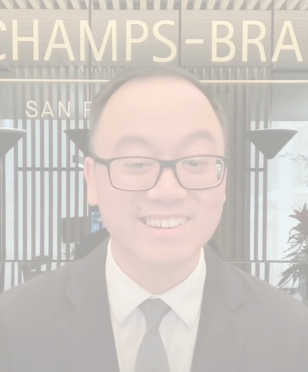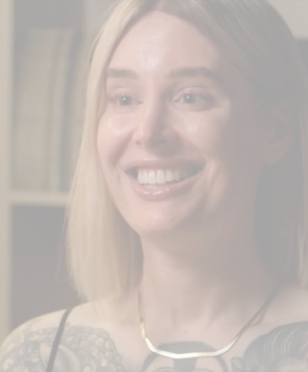What is a Rhinoplasty?
Rhinoplasty, or nasal surgery as it is also known, aims to aesthetically enhance, reconstruct, or correct the shape and form of the nose. A rhinoplasty may involve reducing the size, narrowing the width, altering the internal portions, and/or shaping and moving the cartilage of the nose. Nasal surgery is intended to improve the appearance of the nose, either from natural causes or deformities caused by traumatic accidents and injuries. The procedure may also be used to correct impaired breathing due to congenital structural defects.
The Artistry of Rhinoplasty
More than any other plastic surgery, rhinoplasty is one of the most difficult and yet also the most satisfying. This is because it requires a surgeon with a keen sense of aesthetics and artistic ability to be able to visualize the final result in advance. The real skill in rhinoplasty is to achieve what you — the patient — want and not what the surgeon wants. Many plastic surgeons will build the same “nose” for every patient, but a good surgeon will listen and aim to give their patient what they want within the realm of possibility and good aesthetic judgment.
Who Is an Ideal Candidate for Nasal Surgery?
Some of the most common imbalances that nasal surgery addresses include:
- “Bulbous” or too wide nasal tip
- Too narrow nasal tip
- Tip of the nose droops down
- Tip of nose points up too much
- Flare of nostrils too extreme or too open
- Nose bridge too wide or flat
- Length of nose too long or too short
- Nose crooked or lop-sided (asymmetric)
When undertaking your rhinoplasty procedure, Dr. Deschamps-Braly will take into consideration your existing facial features and your ethnic background to ensure a natural-looking result.
Unsatisfied with Your Previous Rhinoplasty?
One of the most common types of rhinoplasties that we perform is a Revision Rhinoplasty, which corrects a previous surgeon’s work. Mainly, this is because while a surgeon may understand the technicalities of performing rhinoplasty, he may lack a keen artistic “eye” that understands facial symmetry and what constitutes harmonious facial features to produce an aesthetically pleasing result. During your initial rhinoplasty revision consultation, Dr. Deschamps-Braly will undertake an extensive examination and provide a “second opinion” along with a comprehensive recommendation for improvement.
How Long will Recovery from my Rhinoplasty Last?
Immediately after your surgery, a splint along with surgical tape is applied to the bridge of your nose. This splint will be worn for the next seven days. You may experience mild swelling and discomfort, but because we take steps to reduce your pain before your actual operation, any pain should be minimal and easily relieved with over-the-counter or non-opioid painkillers. Swelling usually resolves within 7-10 days. After just one month post-operative, you will see the impact of the procedure, with full results apparent by 6 months post-op.
What to Expect – From Your Initial Consultation, Surgery, and Beyond
Dr. Deschamps-Braly’s approach to rhinoplasty is that of an artist and a surgeon. During your initial consultation, he’ll listen to your concerns and then present possible outcomes and options. He will then conduct a thorough physical examination of your nose and photograph you from several angles, including your profile and other features, to ensure that we’re communicating effectively about the changes that you would like and that he believes are possible.
FAQs About Rhinoplasty Surgery
- Do nose jobs last forever?
- How long are you swollen after rhinoplasty?

Facial Feminization Surgery: The Journey to Gender Affirmation
Dr. Deschamps-Braly’s book “Facial Feminization Surgery: The Journey to Gender Affirmation” is back and available now. This second edition covers advances in facial feminization, as well as helpful patient stories, and is a great resource for FFS patients and their loved ones.
Order Copy On Amazon










